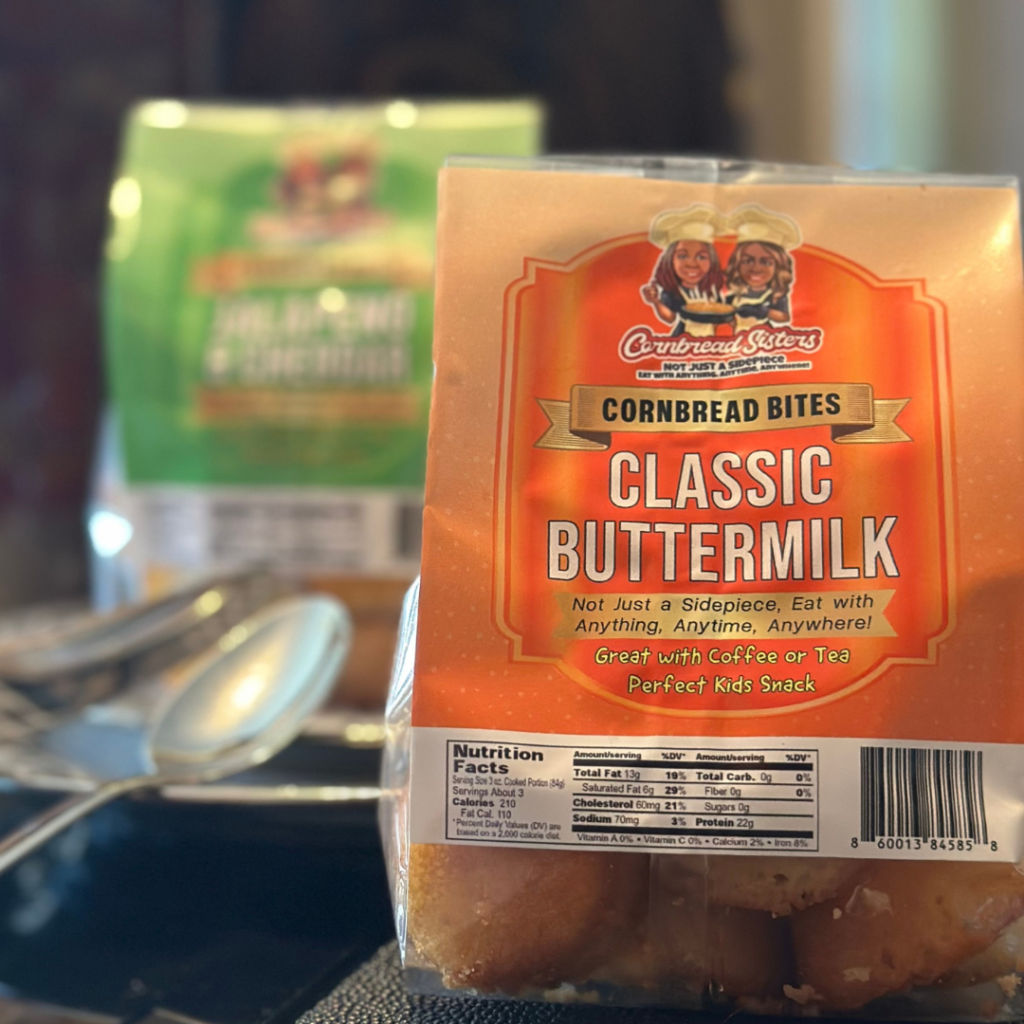Move Over Latte, Here Comes Matcha
What you need to know about the powerhouse tea
As the new year begins, we start with new resolutions – some of which may be to eat healthier, spend less money, or exercise more. Lately, matcha has become a popular health drink offered at coffee chops, as an alternative to specialty coffee and tea. You may have seen matcha in forms of smoothies, cold brews, green tea lattes, ice creams, cakes, and even candies like Kit-Kat.
But what do you know about matcha?
This dark green-hued powder comes from the Camellia sinensis plant. However, it’s grown differently from green tea and has a unique nutrient profile. Since matcha plants are grown in the shade, they may contain higher chlorophyll levels that boosts the amino acid content. The harvested leaves are ground into a fine powder and sold as matcha.
What does matcha taste like?
Japanese green tea is a close reference point, though matcha taste slightly more bitter, grassy and earthy. You may need to add some honey or sweetener to make the drink palatable.
The flavor of matcha is determined by its quality. Higher grades will have a more intense sweet and deep flavor than coarser grades. The important distinction when buying matcha is that there are three main grades. Ceremonial grade is considered to be the purest form and has a mellow flavor; fresh and subtle latte grade is best for daily consumption; and the more bitter culinary grade is often used to flavor and dye foods. Prices differ based on grade, and some of the best quality matcha comes from Japan. The shelf life of matcha is short, so it won’t taste as good after two months of opening.
What are the health benefits of matcha?
 Nutritionally, matcha contains more caffeine and antioxidants than are typically present in green tea. Since you consume the crushed tea leaves in matcha (as opposed to discarding them when drinking green tea), you avail all their benefits. Antioxidants in matcha may help lower blood pressure, reduce the risk of heart disease and some types of cancers, and even boost your metabolism. The caffeine in matcha doesn’t give you a rush like coffee but boosts brain function and makes you feel more focused, calm and energized.
Nutritionally, matcha contains more caffeine and antioxidants than are typically present in green tea. Since you consume the crushed tea leaves in matcha (as opposed to discarding them when drinking green tea), you avail all their benefits. Antioxidants in matcha may help lower blood pressure, reduce the risk of heart disease and some types of cancers, and even boost your metabolism. The caffeine in matcha doesn’t give you a rush like coffee but boosts brain function and makes you feel more focused, calm and energized.
However, drinking too much matcha can have negative side effects. Limit your consumption to one to two cups brewed with no more than two teaspoons of matcha a day for maximum benefit.
Where to find matcha?
There are many ways to enjoy matcha. If you purchase good quality organic matcha powder, just whisk it in hot milk or water using a bamboo whisk (also known as a chasen) or an electric milk frother, to make a cup of frothy tea.
 At Wave3 Coffee Shop and Chocolates in Buckhead, you can also try Japanese imported matcha lattes from Uji but with some signature homemade syrups such as rose and vanilla, saffron threads, and single-origin chocolate.
At Wave3 Coffee Shop and Chocolates in Buckhead, you can also try Japanese imported matcha lattes from Uji but with some signature homemade syrups such as rose and vanilla, saffron threads, and single-origin chocolate.
With multiple locations around metro Atlanta, Tea Leaf & Creamery serves premium Japanese Uji matcha drinks with luscious topping such as cheese foam, crème brulee, tiramisu, and mochi pudding. So you get a dessert and a health boost in one glass!
Premium Matcha Café Maiko in Duluth and Doraville serves small batch premium ice creams and drinks made with organic ceremonial grade matcha from Kyoto, Japan. They also carry soft serve, shaved ice, frappés, floats and iced lattes with interesting ingredients such as Japanese black sesame seeds, strawberry puree, and brown sugar crystal boba. If you are craving for something sweet, try the matcha chocolate chip cookies, matcha tiramisu or matcha mille crepe cake.







